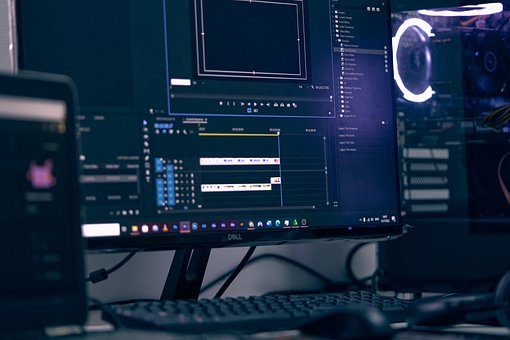
As an online marketer, one of the skills you should be familiar with is a basic photo editing and graphics design. Even if you intend to hire freelancers to do the work, there will probably come a time when you should know how to do it yourself. An internet marketing strategy that is usually not considered is that of photos and how they affect the visitor experience. This is a mistake. So, consider your images and how they are placed on your site. Note that to create photos, you don’t need to know how to create graphics from scratch. All of your images will be created by finding different graphic elements on the web or elsewhere, manipulating them, and adding them to your image in layers. So here’s my own version of a photo editing primer that will get you up to speed.
Photo editing requires some type of software program to do the dirty work. There are free ones you can download on the web and Microsoft Paint usually comes with Windows Computers. However, the one I know and love is “Photoshop Elements,” which is a stripped-down version of Adobe Photoshop. I say “Elements” because it’s much cheaper than the full version of Photoshop and will do everything you will ever need with your photos for the web. This program is so powerful, only high-tech pros would need more. So, since my experience is with Photoshop Elements, I will be coming from that perspective. However, all photo editing tools do the same things – so the concepts I explain here can apply to other programs as well.
Resolution:
First, you should know about photo resolution. As you may be aware, photos displayed on a monitor are composed of dots – both horizontally and vertically. These dots are called “pixels.” Photos on the web are typically referred to by their horizontal and vertical resolution, so a photo that is 230×400 would be one that is 230 pixels wide by 400 pixels high. Easy peas so far, right? The other resolution figure you should be aware of is dpi or dots per inch. For simplicity’s sake, if a photo is 4″ x 6″ and 400 pixels x 600 pixels, then there are 100 pixels per inch horizontally and 100 pixels per inch vertically. This means this photo is 100 pixels per inch or 100 dpi.
File Size:
On your website, it’s very important to keep image file sizes as small as possible so your pages will load quickly. However, you also want the best quality. These 2 factors oppose each other. The better the quality, the larger the file size, and the smaller the file size the lower the quality. How do you handle this? Know that all photos on the web are displayed at 72 dpi. This is the magic number to remember. This resolution is fairly low for other uses, especially printing which typically requires 300 or more dpi. However, for the web, it’s the maximum display size. This means that any photos greater than 72 dpi will still be displayed at 72 dpi. Therefore, higher resolutions will mean greater file sizes that are wasted for the web. No need for this. So, when editing photos for your website, convert all of them to 72 dpi before publishing them to your site. This will reduce the file sizes but keep the photo quality good enough for computer display screens.
